Molybdenite
Molybdenite is a sulfide mineral and the most important ore of molybdenum, a metal which is used in high strength alloys and as an industrial lubricant.
Showing all 8 results
-
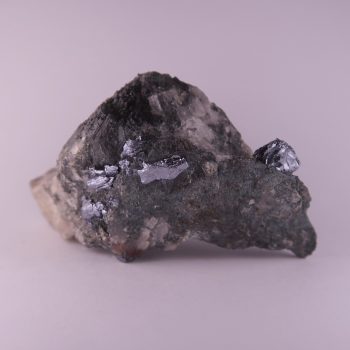
Molybdenite and Schorl from Hingston Down Quarry, Cornwall
Price range: £15.00 through £25.00 -
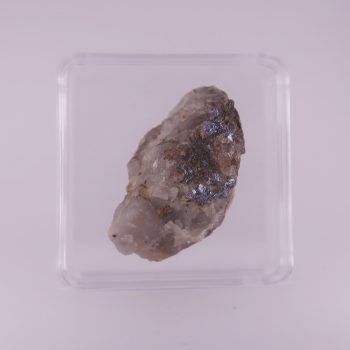
Molybdenite from Carrock Mine, Cumbria
£7.50 -
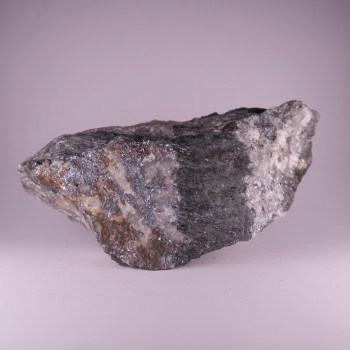
Molybdenite from Hingston Down Quarry, Cornwall
£12.50 -
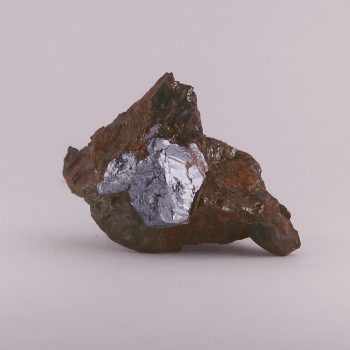
Molybdenite from Malmbjerg Mine, Greenland
£10.00 -
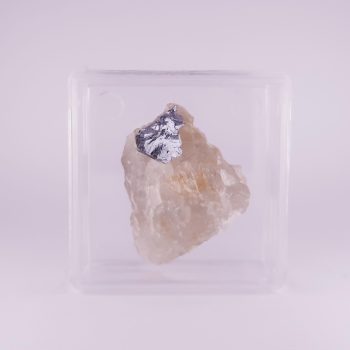
Molybdenite from Mont Saint-Hilaire, Canada
Price range: £2.50 through £3.00 -
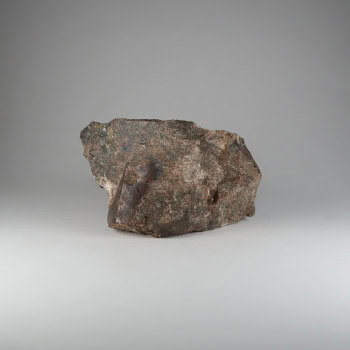
Molybdenite from Toron Mines, Spain
£6.50 -
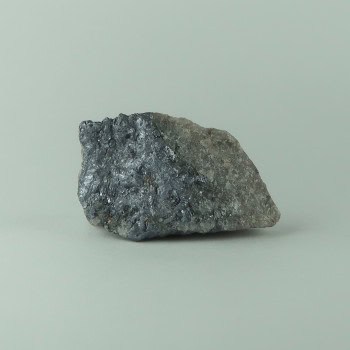
Molybdenite from Zinnwald, Germany
Price range: £5.00 through £6.00 -
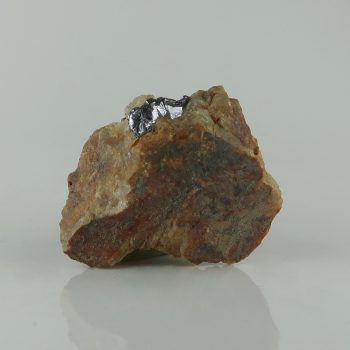
Molybdenite specimens
£3.00
Information about Molybdenite
Appearance
Molybdenite is a soft lead grey metallic mineral which often occurs as flakes or plate-like masses. It can also be massive or lamellar; sometimes its even mistaken with graphite.
Uses and History
A primary ore of molybdenum, an important metal which is highly prized for the creation of high strength steel alloys.
There are some other high tech uses for molybdenum, including the manufacture of transistors and semiconductors, and as an industrial lubricant.
Molybdenum was first discovered by Carl Wilhelm Scheele in 1778.
Mineralogy
Black, silvery-grey, gunmetal grey.
Hazards and Warnings
Molybdenum is toxic when ingested, but this is primarily due to exposure in the environment, or excess exposure from industry, etc.
Mineral collectors should wash their hands after handling specimens, to avoid any exposure to potential toxins.
Almost all rocks, minerals (and, frankly, almost all other substances on earth) can produce toxic dust when cutting, which can cause serious respiratory conditions including silicosis. When cutting or polishing rocks, minerals, shells, etc, all work should be done wet to minimise the dust, and a suitable respirator or extraction system should be used.
Translations
Arabic:
- الموليبدينيت
Hindi:
Portuguese:
- Molibdenite
Bengali:
Indonesian:
Punjabi:
English:
Italian:
- Molibdenite
Russian:
- Молибденит
French:
- Molybdénite
Japanese:
- 輝水鉛鉱
Spanish:
- Molibdenita
German:
- Molybdänglanz
- Molybdänit
Korean:
Thai:
- โมลิบเดไนต์
Gujurati:
Mandarin Chinese:
- 辉钼矿
Urdu:
